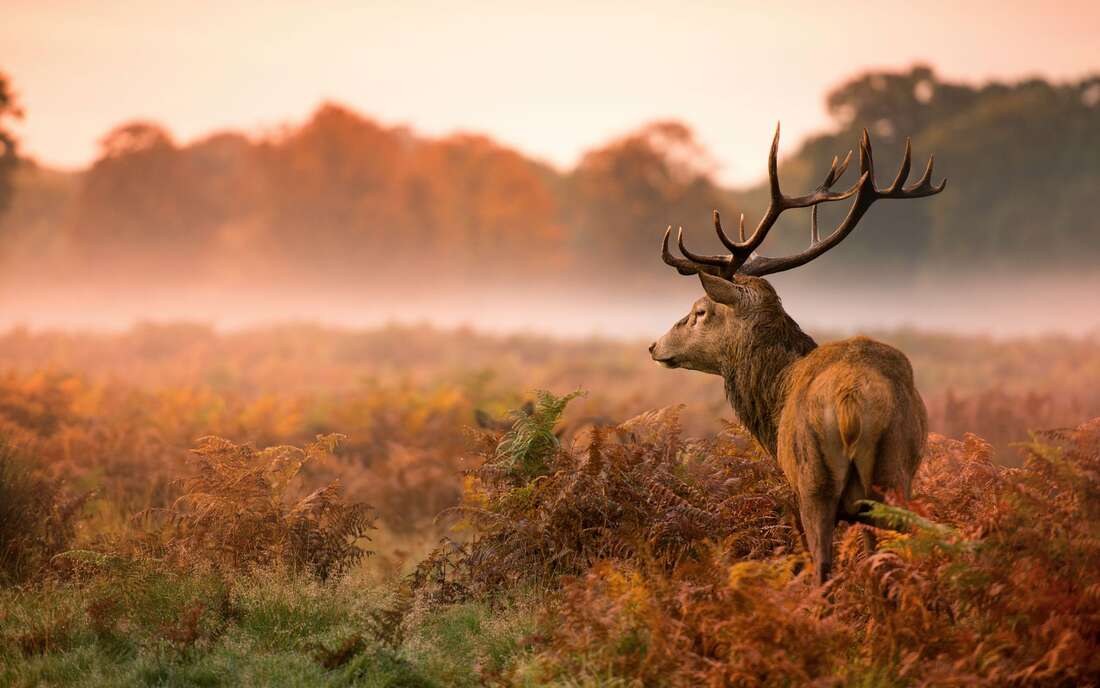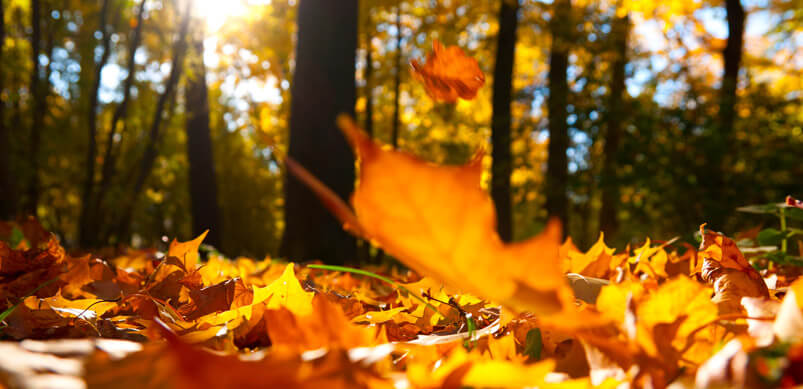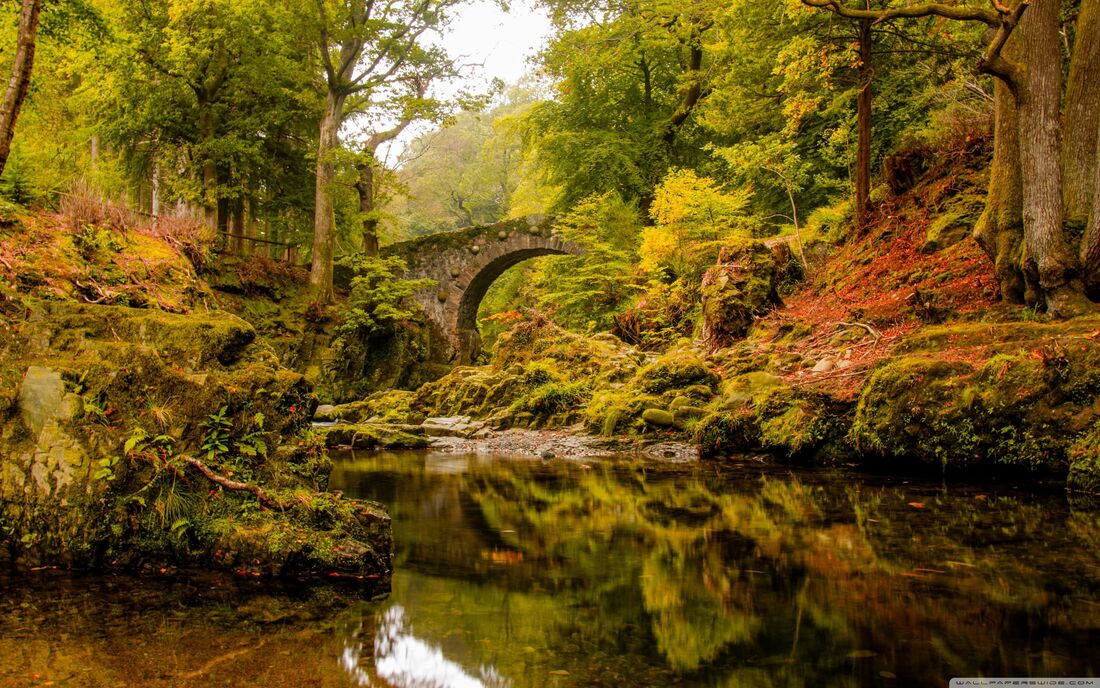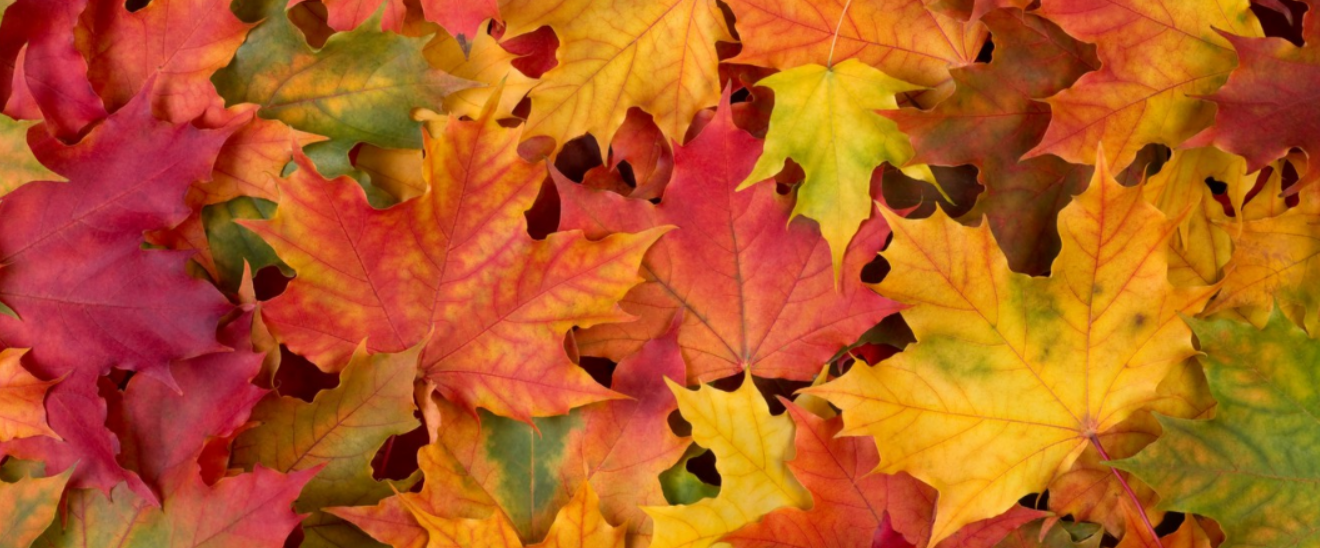|
Though we appreciate the emergence of new leaves in the spring, the arrival of flowers and fruit, nothing quite captures our imagination as the spectacular display when autumn's colours are at their peak From our native trees of ash, oak, hazel, birch, rowan and willow to trees that were introduced later like beech, horse chestnut and larch and the astounding array that we now plant in our gardens, such as maples and sweet gums (Liquidambar), Ireland’s display of colour in the autumn can be dazzlingly beautiful. For just a few short weeks, the leaves turn many colours, shades beloved of artists. hues of sepia and tortoiseshell. Of peach-tinted parchment and burnished copper, of caramelised bronze and honeyed gold, of yellow and russet, of carmine, purple, pink and ferrous red, They are, however, not there for our benefit; nature has a way of combining the sublime with the practical, and the fiery colours of autumn trees stand out as an excellent example of this convergence. But just what is going on? Why and how do leaves fall off and why do they change colour first? Leaves are the food factories of trees; the seasonal workers of the canopy and chlorophyll, the pigment that makes them green, is instrumental in harvesting the energy from sunlight and using it to make carbohydrates (glucose). The tree uses the sunlight to break down the carbon dioxide (CO2) which it sucks in from the air and water (H20) which is drawn up through their amazing root system. The tree turns the CO2 and H20 into oxygen (O2), which gets expelled as transpiration through its leaves and glucose, which the tree consumes for energy. The process, called photosynthesis, is less sustainable in the darker months of Irish winters so it is far more advantageous for a tree to disrobe temporarily; to be deciduous, than to retain their leaves throughout the year. The benefits of shedding leaves is that trees can retain the nutrients from their leaves in the body of the tree, preserve the moisture in their branches and trunk and require less energy by entering a state of dormancy. From late summer onward, cells at the junction of the leaf and stem begin to multiply, forming a layer known as the abscission layer which is a sort of plant equivalent of a dotted line. In autumn, hormones within the tree begin to change, the most notable of which is auxin which are produced throughout the growing season and as long as the rates remain steady, the cells of the abscission layer stay connected, keeping the leaves attached to the tree. With shorter days and cooler temperatures, auxin production in the leaves starts to decrease, triggering cellular fractures along the dotted line, causing the leaf, from its own weight, to fall from the tree. Since its spring emergence, the leaf has contained the light harnessing pigment Chlorophyll and two further pigments, with ancillary roles in photsynthesis; xanthophyll and betacarotene, both of which are obscured by the more dominant green pigment of chlorophyll during the growing season. As the season progresses, however, and the tree enters the autumn of its year, nutrients and compounds are reabsorbed from the leaf, exported to the stems, branches and elsewhere for safe storage until the spring. Now, as the green hue is dispersed, the other pigments remain, revealed in their true colours; xanthophyll gives the leaves its glowing golds and yellows and betacarotene its vibrant oranges. In some trees, other colours emerge that weren't there during the spring or summer, reds and purples. As phosphate decreases in the leaf, so the sugars that remain become less and less able to undergo the conversion into carbohydrates for use by the tree. The sugars still break down and this produces anthocyanins, the red and purple pigments that give us the richest and most vivid autumn colours of all. There is still some debate about whether these anthocyanins confer some strategic advantage to the tree. Why would some trees, preparing for winter, engineer new pigments instead of absorbing all possible sugars before dumping their leaves? It is possible that their presence helps to lower the leaf’s freezing point, giving it some protection from cold and allowing leaves to remain in place longer and more time to export nutrients. It is also thought to deter grazing animals whilst the re-absorption is still progressing. The final colour, brown is produced by tannins; although present throughout the growing season, they become more evident as the chlorophyll disappears and blend their colour with those of other leaf pigments.. This is the last addition to the autumnal splendour, the uniform of death and decay, the colour that endures long after the other colours have faded, when the tree's autumn finery is but a carpet on the ground. And the leaves that were green, turn to brown.
0 Comments
Leave a Reply. |
WildEdges
A haven of quiet countryside highlighting issues affecting the natural world. Categories
All
|





 RSS Feed
RSS Feed